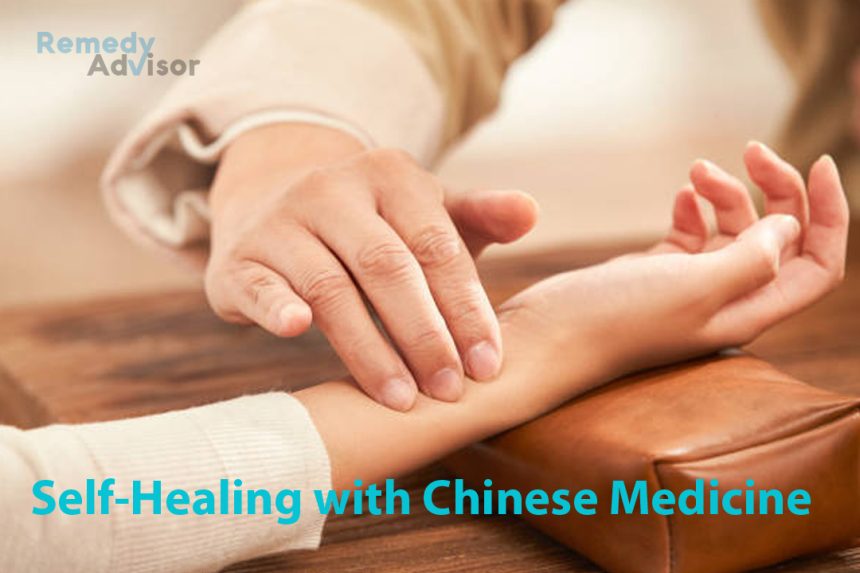An avalanche of medical research shows that the human body is capable of remarkable feats of self-healing. Self-healing happens automatically when you cultivate your body’s innate self-healing powers.
How do you do that? Chinese medicine makes use of four simple techniques…
- Deep breathing
- Gentle movement
- Self-massage
- Meditation
Put these techniques to work for just 10 to 15 minutes a day, and you’ll be more energetic and alert and less vulnerable to illness and the negative effects of stress.
Although these techniques can be done as often as you like, it’s a good idea to combine all four briefly first thing each morning.
Deep breathing
Americans have forgotten how to breathe. We typically take very shallow breaths. This pattern of breathing constricts blood vessels, contributing to high blood pressure.
Shallow breathing also impairs immune function. It does so by slowing the circulation of antibodies and immune cells throughout the body.
By making a conscious effort to breathe slowly and deeply, you can counteract these physiological disturbances. Try the following exercise right now…
• Take a slow, deep breath through your nose
Allow the lower portions of your lungs to fill, and then keep inhaling until your lungs are fully inflated.
• Exhale slowly for 10 seconds
You can exhale silently or with an audible sigh of relief. Allow yourself to drift off into deep relaxation.
While even a single deep breath is beneficial, the accumulated effect of many such breaths is dramatic. Resolve to do two or three deep breathing sessions each day.
Do one session before getting out of bed in the morning, another just before you go to sleep at night. Some people prefer to do deep breathing periodically throughout the day.
You might decide to take a deep breath each time the telephone rings each time you stop at a red light or each time you open the refrigerator. The point is to develop a habit of breathing deeply all day long.
Gentle movement
Research confirms that easy, low-intensity exercise provides virtually all the disease-fighting benefits of vigorous exercise with far less risk of injury to both your muscles and joints. The “flowing technique” is very popular in China…
What to do
Stand with your feet shoulder width apart and shoulders relaxed. Let your arms dangle at your sides. Bend your knees slightly, move your tailbone beneath your spine so as to “lengthen” your back and lower your chin as if nodding “yes.”
Rest briefly, begin to inhale slowly and turn your palms forward. Swing your arms forward and upward, slowly rising onto the balls of your feet as you do. Raise your hands (palms up) to shoulder height, keeping your elbows slightly bent. Turn your palms downward. Slowly lower your arms and exhale. Return your heels to the floor. As your hands pass your legs, allow them to swing back slightly while gently lifting your toes.
Repeat 10 to 15 times, developing a gentle rhythm.
Self-massage
Self-massage has been a powerful healing tool in China for thousands of years…
• Hand massage
Using your left thumb, apply gentle pressure to the palm of your right hand. Place your remaining fingers on the back of the right hand for support.
Increase the pressure gradually until you’re exerting about the same pressure needed to squeeze a new tennis ball. Massage your hand all over, noting any areas of tenderness.
Massage the fingers as well all the way out to the tips. Finally, grasp each finger of your right hand on either side of the nail. Pinch gently.
Switch hands, and repeat. To conclude, return to any tender spots on either hand and knead them gently for a few additional minutes.
• “Energizing” the internal organs
Place your palms over the lower edge of your rib cage, near the sides of your body but still on the front. Rub your palms against your body in a circular motion, breathing easily and deeply as you do. Feel the warmth generated by your hands penetrating toward your organs.
Next, place one hand on your breastbone (sternum), the other on your navel. Rub in a circular motion with each hand.
Move both hands to your lower back, and repeat the process. The Chinese believe that sending warmth into the organs improves health and heals disease.
Meditation
Meditation reduces blood pressure, dilates blood vessels and stimulates the production of essential neurotransmitters and hormones.
One of the easiest and most powerful meditation techniques is mindfulness. Using this technique, you can free yourself of psychological and physical stress by focusing closely on a single bodily sensation
Breath-awareness exercise
As you stand, sit or lie comfortably, focus all your concentration on the sensation of your breath as it passes through your nostrils. Your nostrils should feel cool as fresh air enters and warm as you exhale.
You can do this mindfulness exercise for as briefly as a moment or as long as 20 minutes. Notice that as long as you hold the focus on your breath, it’s impossible to worry or think about stressful situations.







